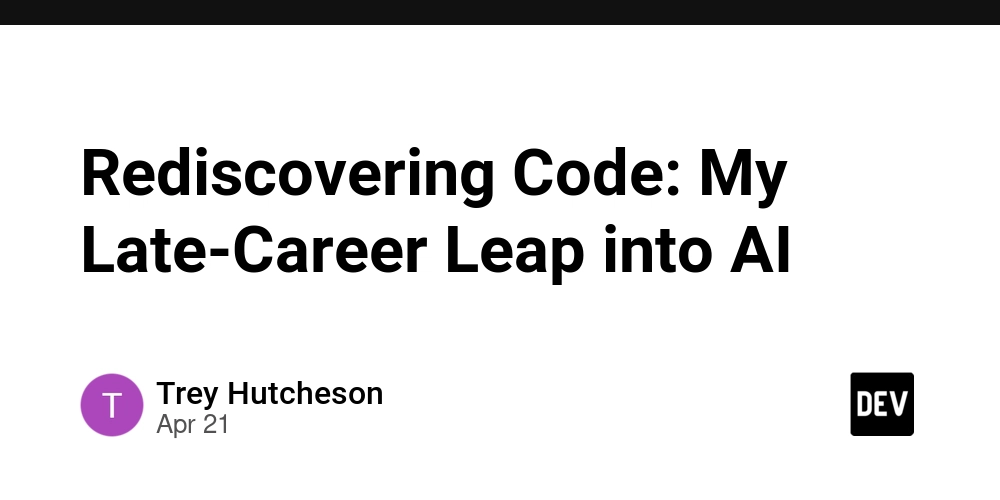Cursor AI Is Blowing Up. But Does It Actually Help Developers?
Cursor AI has been rocking in the dev community for a while, and not without reason. With a fresh funding goal and a bunch of big-name users, it’s quickly becoming one of the hottest AI tools in tech. Alright, let’s talk about our experience with running a proof of concept (PoC) and what we discovered after diving into it. Introduction. Here’s why Cursor AI is on everyone’s radar: Valuation goals: The team behind Cursor is aiming for a valuation of around $10 billion. Rapid growth: Built by Anysphere, one of the fastest-growing startups. Impressive user base: Trusted by OpenAI, Instacart, Spotify, Uber, and others. Skyrocketing revenue: From a $100M ARR in January to double that now. Naturally, we were curious — could it really boost developer productivity? We decided to test Cursor AI ourselves, just enabled private mode (huge thumbs up). And together with a few developers we jumped in to evaluate it. After a week, we gathered feedback — and here’s what stood out. Cursor really feels like a knowledgeable junior teammate. Key Takeaways. 1. Context Matters… A Lot… Even with access to the entire codebase, specific requests are still critical. Uncertain prompts lead to generic results. Be clear, and Cursor delivers. 2. Code Search + Explanations. Many devs pointed out how Sonnet 3.5 and 3.7 (Cursor’s models) shine when it comes to: Explaining complex code logic Locating the right code based on requirements TAB suggestions sometimes read your mind! Cursor really feels like a knowledgeable junior teammate. 3. Built-In Web Search & Custom Docs = Power Combo. One of the most-loved features was the web search and ability to add your own documentation. For example: We added Slack API and NestJS docs Made it much easier to search and resolve issues In one case, I even tracked down a bug in a Slack Deno CLI tool. Cursor parsed Deno logs, suggested commands, and pinpointed a fix I would’ve never discovered solo — a one-liner config tweak that solved it all. Link: https://github.com/slackapi/deno-slack-sdk/issues/437 4. Developer Experience: VS Code vs JetBrains. VS Code users: Absolute heaven. The cursor integrates well and enhances productivity. JetBrains aficionados: Encountered some challenges, which led to a transition between different tools. 5. Agent Mode is a Time-Saver Using Agent mode is especially helpful for: Repetitive tasks: Changing hundreds of files to replace hex colors with design tokens was also possible. Refactoring legacy code: We successfully refactored 50 files, organizing the code effectively and restoring its proper order. 6. Pricing: More Than Generous Here’s how Cursor AI handles pricing: You get 500 premium requests/month by default. Claude Sonnet 3.7 = 1 premium request Claude Sonnet 3.5 = just ⅓ of a request Cursor-small and GPT-4o-mini are free, though they don’t fully support agent mode.

Cursor AI has been rocking in the dev community for a while, and not without reason. With a fresh funding goal and a bunch of big-name users, it’s quickly becoming one of the hottest AI tools in tech.
Alright, let’s talk about our experience with running a proof of concept (PoC) and what we discovered after diving into it.
Introduction.
Here’s why Cursor AI is on everyone’s radar:
- Valuation goals: The team behind Cursor is aiming for a valuation of around $10 billion.
- Rapid growth: Built by Anysphere, one of the fastest-growing startups.
- Impressive user base: Trusted by OpenAI, Instacart, Spotify, Uber, and others.
- Skyrocketing revenue: From a $100M ARR in January to double that now.
Naturally, we were curious — could it really boost developer productivity? We decided to test Cursor AI ourselves, just enabled private mode (huge thumbs up). And together with a few developers we jumped in to evaluate it.
After a week, we gathered feedback — and here’s what stood out.
Cursor really feels like a knowledgeable junior teammate.
Key Takeaways.
1. Context Matters… A Lot…
Even with access to the entire codebase, specific requests are still critical. Uncertain prompts lead to generic results. Be clear, and Cursor delivers.
2. Code Search + Explanations.
Many devs pointed out how Sonnet 3.5 and 3.7 (Cursor’s models) shine when it comes to:
- Explaining complex code logic
- Locating the right code based on requirements
- TAB suggestions sometimes read your mind!
- Cursor really feels like a knowledgeable junior teammate.
3. Built-In Web Search & Custom Docs = Power Combo.
One of the most-loved features was the web search and ability to add your own documentation. For example:
- We added Slack API and NestJS docs
- Made it much easier to search and resolve issues
In one case, I even tracked down a bug in a Slack Deno CLI tool. Cursor parsed Deno logs, suggested commands, and pinpointed a fix I would’ve never discovered solo — a one-liner config tweak that solved it all.
Link: https://github.com/slackapi/deno-slack-sdk/issues/437
4. Developer Experience: VS Code vs JetBrains.
- VS Code users: Absolute heaven. The cursor integrates well and enhances productivity.
- JetBrains aficionados: Encountered some challenges, which led to a transition between different tools.
5. Agent Mode is a Time-Saver
Using Agent mode is especially helpful for:
- Repetitive tasks: Changing hundreds of files to replace hex colors with design tokens was also possible.
- Refactoring legacy code: We successfully refactored 50 files, organizing the code effectively and restoring its proper order.
6. Pricing: More Than Generous
Here’s how Cursor AI handles pricing:
- You get 500 premium requests/month by default.
- Claude Sonnet 3.7 = 1 premium request
- Claude Sonnet 3.5 = just ⅓ of a request
- Cursor-small and GPT-4o-mini are free, though they don’t fully support agent mode.









































































